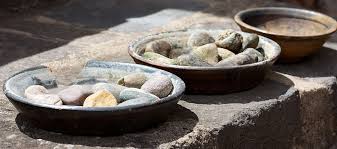Exploring Cuzco: A Historical and Cultural Gem

Introduction
Cuzco, a city steeped in history, served as the capital of the Inca Empire and remains a significant cultural hub in Peru today. Recognised by UNESCO as a World Heritage Site, its rich history, vibrant culture, and stunning architecture draw millions of visitors each year. The relevance of Cuzco extends beyond tourism; it represents a confluence of ancient Andean traditions and colonial history, making it a vital part of Peru’s identity.
The Inca Heritage
At the heart of Cuzco’s importance is its connection to the Inca Empire, which flourished from the 15th to the 16th centuries. The city was designed in the shape of a puma, symbolising strength and power. Key sites, such as the Coricancha (Temple of the Sun) and Sacsayhuamán, showcase remarkable Inca engineering and religious significance. These sites continue to captivate historians and archaeologists alike, shedding light on Incan society, spirituality, and architectural prowess.
A Blending of Cultures
With the Spanish conquest in the 16th century, Cuzco became a canvas where indigenous and colonial influences merged. The Franciscan and Dominican monasteries, built atop Incan foundations, highlight this cultural blending. Visitors can see Spanish colonial architecture alongside Incan ruins, depicting a tumultuous yet rich history that defines Cuzco today. Festivals like Inti Raymi, celebrating the Inca sun god, illustrate the enduring nature of indigenous traditions amid modern Peruvian culture.
Modern Cuzco
Today, Cuzco stands as a vital tourist destination, attracting over two million visitors annually, many of whom use it as a gateway to Machu Picchu, one of the New Seven Wonders of the World. Besides its historical importance, Cuzco is a bustling city filled with markets, vibrant streets, and welcoming locals eager to share their culture and traditions. Gastronomy is another highlight, with restaurants serving traditional dishes like ceviche and lomo saltado, appealing to both local and international palates.
Conclusion
As Cuzco continues to grow and attract visitors, preserving its historical sites and cultural integrity remains crucial. The ongoing restoration efforts funded by both the Peruvian government and international organisations aim to safeguard this invaluable heritage for future generations. For readers considering a visit or simply wanting to learn more about a city that encapsulates the spirit of the Andes, Cuzco promises a profound and enriching experience.







